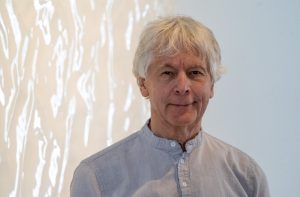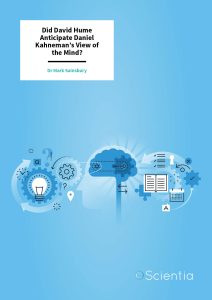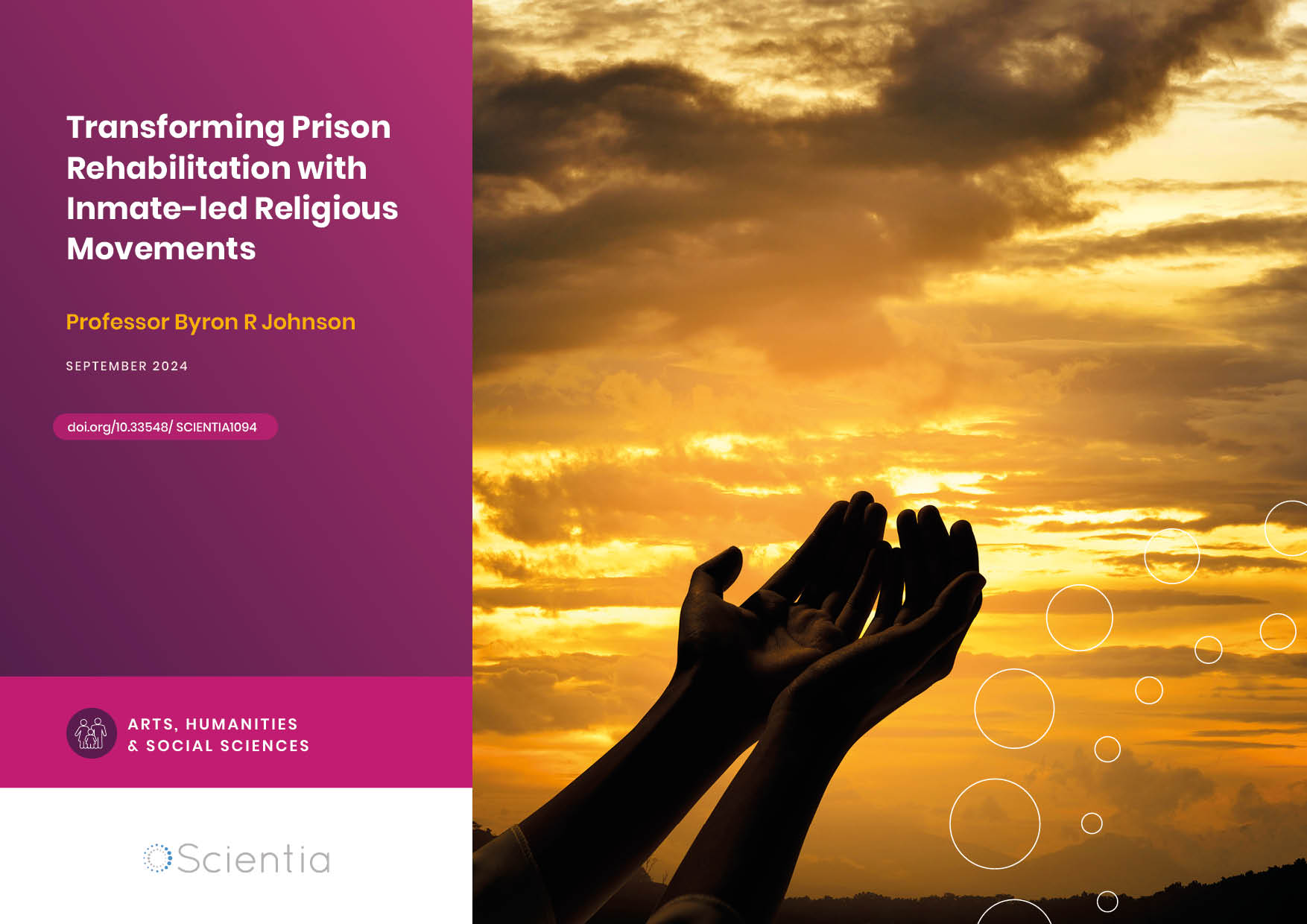Dr Mark Sainsbury | Did David Hume Anticipate Daniel Kahneman’s View of the Mind?
In his best-selling book Thinking, Fast and Slow (2011), Daniel Kahneman distinguishes between two systems of thought: System 1 involves fast, intuitive thinking, whereas System 2 is characterised as slow, reason-based thinking. More than two hundred years earlier, the philosopher, economist and historian David Hume made what Dr Mark Sainsbury (University of Texas at Austin) argues is a similar distinction. Like Kahneman, Hume proposed that much of our behaviour is determined in the first (fast) way rather than the second (slow) way. For both Hume and Kahneman, the upshot is that Reason plays a much less important role in our lives than is often thought.
Kahneman: Thinking Fast and Slow
Daniel Kahneman is a psychologist and economist, notable for his work on the psychology of judgement and decision-making and in behavioural economics, for which he was awarded a Nobel Memorial Prize in 2002 (which he says he would have shared with his collaborator, Amos Tversky, had Amos not died). His book Thinking, Fast and Slow summarises much of his research and sold more than 10 million copies within a year of publication.
Kahneman’s main claim is that our mind operates in two very different ways. It’s as if it contains two systems, System 1 and System 2. System 1 works automatically, quickly and effortlessly, facilitating routine tasks, and often resulting in thoughts that arise in us involuntarily. The operations of System 2, by contrast, are typically conscious and effortful, and are sometimes needed to correct the products of System 1. When we are driving on familiar roads, not in a hurry, and under normal traffic conditions, System 1 is in charge: We effortlessly negotiate the bends, the turns and the traffic lights without having to attend closely to what we are doing. Things are very different if it is rush hour, we are driving in a foreign city where they drive on the ‘wrong’ side of the road, and we are unsure of our route. Here, System 2 will be active as we focus on the task and struggle with explicit thoughts about what signs to follow, efforts that may make us unable to continue an ordinary conversation.
Kahneman says that System 1 is essential to survival, in other animals as well as humans. Much of his research has been devoted to showing how it can mislead, even in simple situations. A famous example is the bat-and-ball problem: a bat and a ball together cost $1.10, and the bat costs a dollar more than the ball. How much does the ball cost? The easy and automatic System 1 may well make us think the answer is 10 cents. System 2 requires rather more effort to correct this mistake.
Hume Against Reason
David Hume is best known as a philosopher, though he also wrote a substantial History of England, and contributed to the political and economic debates of his day. In his first major philosophical work, the Treatise on Human Nature, he made two attacks on the preeminence of Reason. One relates to action, concerning which he argued that ‘Reason is, and ought only to be, the slave of the passions’. This was a revolutionary thought in an era when Reason was frequently extolled as the source of all morality and religion.
The other attack on Reason, and the one in which his position closely resembles Kahneman’s, relates to beliefs about states of affairs we have not experienced, for example, what the future holds. Whereas it was customary in his era to try to account for these beliefs as based on Reason, Hume argued that this was impossible: Reason discovers what is logically necessary, whereas there is no logically necessary relation between the past and the future. Instead, he claims that our expectations about the future are produced by what he refers to as Custom or habit: the habitual projection of observed regularities. It is Custom or habit, not Reason, that makes us expect the patterns we have already encountered to continue.
Accordingly, for Hume, Reason plays a much smaller part in our lives than often supposed. Many cognitive activities often attributed to Reason need to be explained in terms of Custom and habit.

Hume’s Prescience
Both Hume and Kahneman sought to explain how the mind processes information and how this affects action. Both identified two systems: Kahneman’s System 1 is similar to Hume’s Custom or habit, and his System 2 is similar to Hume’s Reason. Like Kahneman’s System 1, Hume’s Custom is fast, effortless, and operates independently of conscious control. Like Kahneman’s System 2, Hume’s Reason is typically under voluntary control but is slow and ‘laboured’.
Both Hume and Kahneman further propose that the more automatic, faster system is available to animals and to very young humans. Hume reminds us that birds engage in complex tasks like nest-building and raising chicks. We attribute this to instinct, and we should recognise that, in Hume’s words, Custom, too, is ‘a species of instinct or mechanical power’.
Hume did not denigrate Custom, nor does Kahneman denigrate System 1. For Hume, Custom is ‘the great guide of life’ and thus utterly essential to our survival and well-being. For Kahneman, System 1 is ‘the origin of most of what we do right’. Hume believed that Reason, by contrast, is an uncertain and untrustworthy guide, and Kahneman stresses how we can be misled by System 2.
Hume’s Treatise of Human Nature is not only an important and pioneering philosophical work but also a contribution to psychology, anticipating recent work like Kahneman’s. He did indeed achieve the goal he stated in the subheading to his Treatise: ‘an attempt to introduce the experimental method of reasoning into moral subjects’. His conception of the ‘experimental method’ was very different from the modern conception: Hume relied largely on careful introspective reflection on his own mental activities. But he reached conclusions remarkably similar to those that, under the influence of scientists like Kahneman, are beginning to become standard today.
Forming a Better Understanding
Written some 250 years ago in the language of its day, Hume’s text requires careful exegesis, especially as his use of language is not always consistent. These are obstacles to establishing the thesis that Hume anticipated Kahneman. Dr Mark Sainsbury of the University of Texas at Austin has worked to overcome these obstacles by paying careful attention to the texts. For example, Hume uses the crucial word ‘Reason’ for different things, without warning, including ‘demonstrative’ reasoning (purely logical), ‘probable reasoning’, ‘moral reasoning’ and ‘experimental reasoning’. These last three are all species of reasoning, in that they rely on explicit premises and conclusions, but they are not intended as demonstrative, only ‘probable’, as when one infers, from the premise that since one has heard church bells every Sunday one has lived here, that one will hear bells today also. If one considers the premise one might reason to the conclusion, or one might notice that an important premise is missing (that today is Sunday). Sometimes, however, one just forms an expectation with no explicit rehearsal of any premises, just by habit. In that case, Custom, not Reason, is at work.
Appreciating Hume’s Contribution
Kahneman’s view of the mind was substantiated by a large number of very clever and telling experiments using human subjects. Hume speaks of the ‘experimental method’, but conforming to the standard practice of his time, he conducted no such experiments. Nonetheless, their overall pictures of the nature of the mind are remarkably similar, justifying Sainsbury’s claim that Hume ‘…was hundreds of years ahead of his time’.
SHARE
DOWNLOAD E-BOOK
REFERENCE
https://doi.org/10.33548/SCIENTIA954
MEET THE RESEARCHER

Dr Mark Sainsbury
Department of Philosophy
University of Texas at Austin
Austin, TX
USA
Dr Mark Sainsbury is Jesse H. Jones Regents Professor in Liberal Arts at the University of Texas at Austin (USA), and was formerly the Susan Stebbing Professor of Philosophy at King’s College London (UK). He received a BA in Philosophy, Politics and Economics, and an MA in Philosophy, both from the University of Oxford (UK), before completing his doctorate (DPhil) at the same institution. His current research examines problems in the logic and metaphysics of intentionality, and he is renowned for his work on philosophical logic, the philosophy of language, and the philosophies of Bertrand Russell and Gottlob Frege. He was the Editor of the leading philosophy journal Mind from 1990 to 2000, and is the author of eight books. His fascinating and influential work in philosophy has led to his election as a Fellow of the British Academy and an Honorary Fellow of Corpus Christi College at the University of Oxford.
CONTACT
E: marksainsbury@austin.utexas.edu
W: https://www.marksainsbury.net/
FURTHER READING
Mark Sainsbury, Hume and Kahneman’s dual systems, 2023. https://www.marksainsbury.net/uploads/9/7/2/9/97295048/h_and_k.pdf
Mark Sainsbury, Meeting the Hare in her doubles: Causal belief and general belief. In Marina Frasca-Spada and P. J. E. Kail (Eds.), Impressions of Hume, 2005. DOI: https://doi.org/10.1093/acprof:oso/9780199256525.001.0001
More than 50 of Dr Sainsbury’s papers can be downloaded from https://www.marksainsbury.net/


REPUBLISH OUR ARTICLES
We encourage all formats of sharing and republishing of our articles. Whether you want to host on your website, publication or blog, we welcome this. Find out more
Creative Commons Licence (CC BY 4.0)
This work is licensed under a Creative Commons Attribution 4.0 International License. 
What does this mean?
Share: You can copy and redistribute the material in any medium or format
Adapt: You can change, and build upon the material for any purpose, even commercially.
Credit: You must give appropriate credit, provide a link to the license, and indicate if changes were made.
SUBSCRIBE NOW
Follow Us
MORE ARTICLES YOU MAY LIKE
Dr Howard Stevenson | Healing the Wounds of Racism: How Racial Literacy Can Empower Youth and Adults
Racist encounters, both subtle and overt, continue to plague society and take a severe toll on the mental and physical health of people of colour. However, innovative research is showing how we can equip both youth and adults with the skills to navigate these stressful situations and emerge stronger. Dr Howard Stevenson and his team at the University of Pennsylvania are pioneering new approaches to help people cope with racial trauma and find their voice.
Dr Kerry Shannon | Reframing Hygiene as Cultural Heritage in Meiji-Era Japan
During the late 19th century, Japan underwent a period of rapid modernisation following the 1868 Meiji Restoration. This transformative process included public health, where the concept of ‘hygiene’ took on new meanings and significance. Dr Kerry Shannon from California State University, Dominguez Hills, has delved into the pivotal role played by the Sanitary Society of Japan in shaping the discourse around hygiene during this tumultuous era.
Professor Byron R Johnson | Transforming Prison Rehabilitation with Inmate-led Religious Movements
Inmate ministers and offender-led religious movements offer a unique avenue to redemption and rehabilitation within prisons. Professor Byron R Johnson of Baylor University and Pepperdine University has examined the influence of faith-driven programmes within prison facilities. His work highlights the inspiring power of peer support, spiritual growth, and restorative justice in reshaping the lives of those behind bars. As demands for reforms in the criminal justice sector intensify, the impact of faith-based activities in fostering change cannot be understated.
Dr Kati Rantala | Navigating Policy with the Logic of Regulatory Impact Assessment
Regulatory Impact Assessment (RIA) is a crucial process in policymaking, allowing decision-makers to assess the potential impacts of proposed regulations prior to implementation. Dr Kati Rantala of the University of Helsinki and her colleagues argue that by employing evidential reasoning and considering contextual factors, RIA helps policymakers make more informed decisions that better serve the needs of society. Understanding the logic behind RIA is essential for policymakers to design policies that have positive impacts on our communities and the world at large and for all affected by regulations to advocate for thorough and well-constructed impact assessment.





